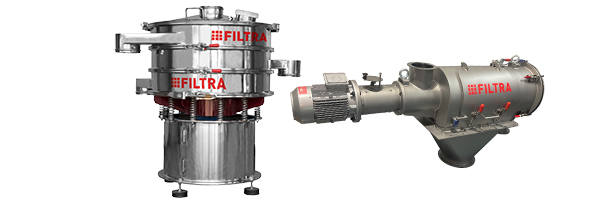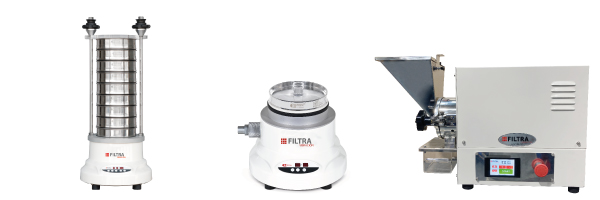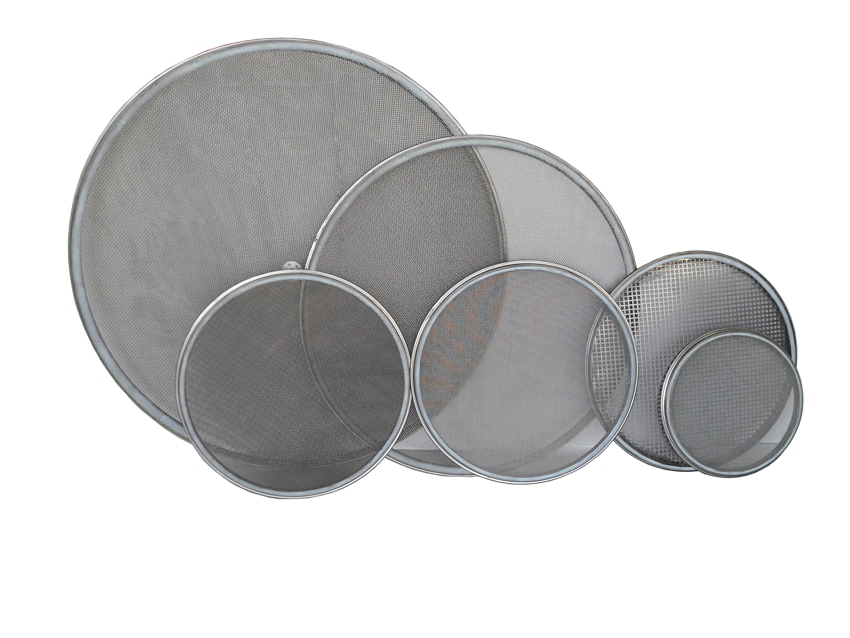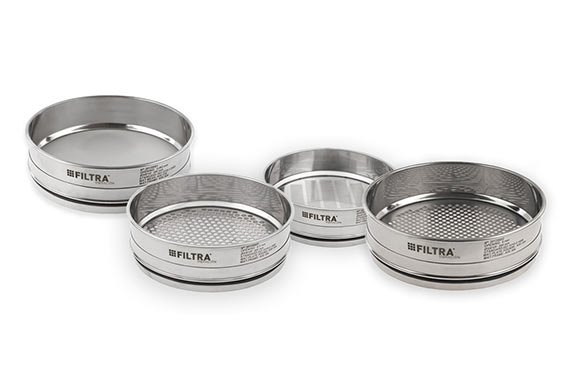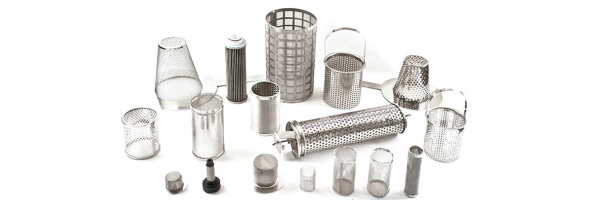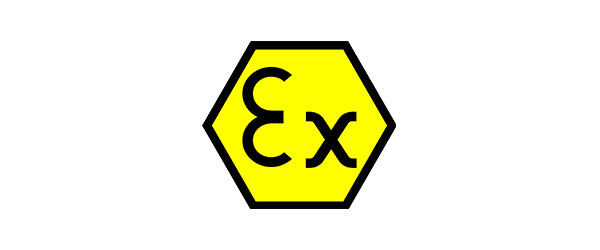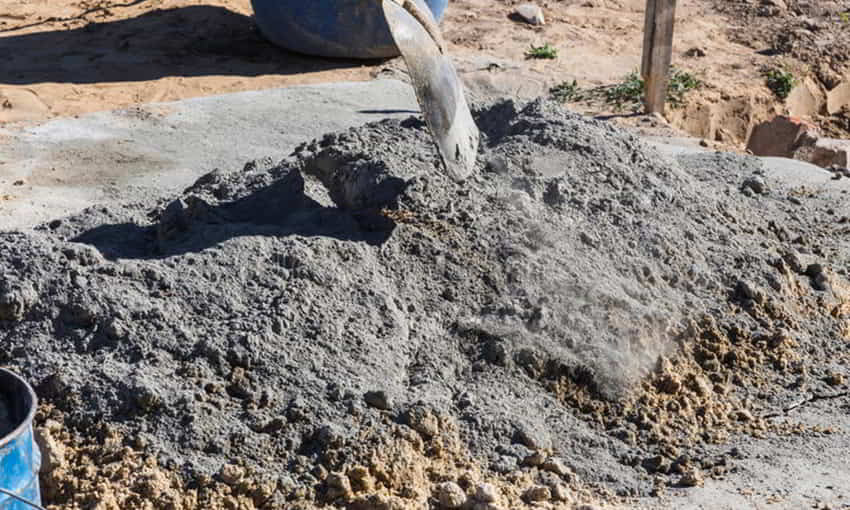Equipment for potentially explosive atmospheres (ATEX)
A potentially explosive atmosphere exists when a mixture of air gases, vapours, mists, or dusts combine in a way that can ignite under certain operating conditions.Equipment and protective systems intended for use in potentially explosive atmospheres (ATEX) cover a range of products, including those used on fixed offshore platforms, petrochemical plants, mines, and flour mills, amongst others.
EU legislation and ATEX
The ATEX Directive 2014/34/EUSearch for available translations of the preceding link covers equipment and protective systems intended for use in potentially explosive atmospheres. The directive defines the essential health and safety requirements and conformity assessment procedures, to be applied before products are placed on the EU market. It is aligned with the new legislative frameworkSearch for available translations of the preceding link policy, and it is applicable from 20 April 2016, replacing the previous Directive 94/9/ECSearch for available translations of the preceding link.A guidance document on the ATEX directive transition from 94/9/EC to 2014/34/EU (371 KB) is available, with a list of frequently asked questions and answers.
Who implements the directive?
National authorities are responsible for implementing the directive in the EU by transposing its provisions into their legislation. These texts have direct effect in the first instance. As a result, EU countries and others who apply the directive’s requirements are responsible for implementation and enforcement, as well as the management of notified bodies.
- National implementing measures for Directive 2014/34 EU (EUR-Lex)Search for available translations of the preceding link
With national legislation directly affecting manufacturers and other economic operators, it is recommended to discuss specific issues they may have with national contact points (see below).
Where can I find further guidance or support?
All information in Equipment for potentially explosive atmospheres (ATEX) (europa.eu)


